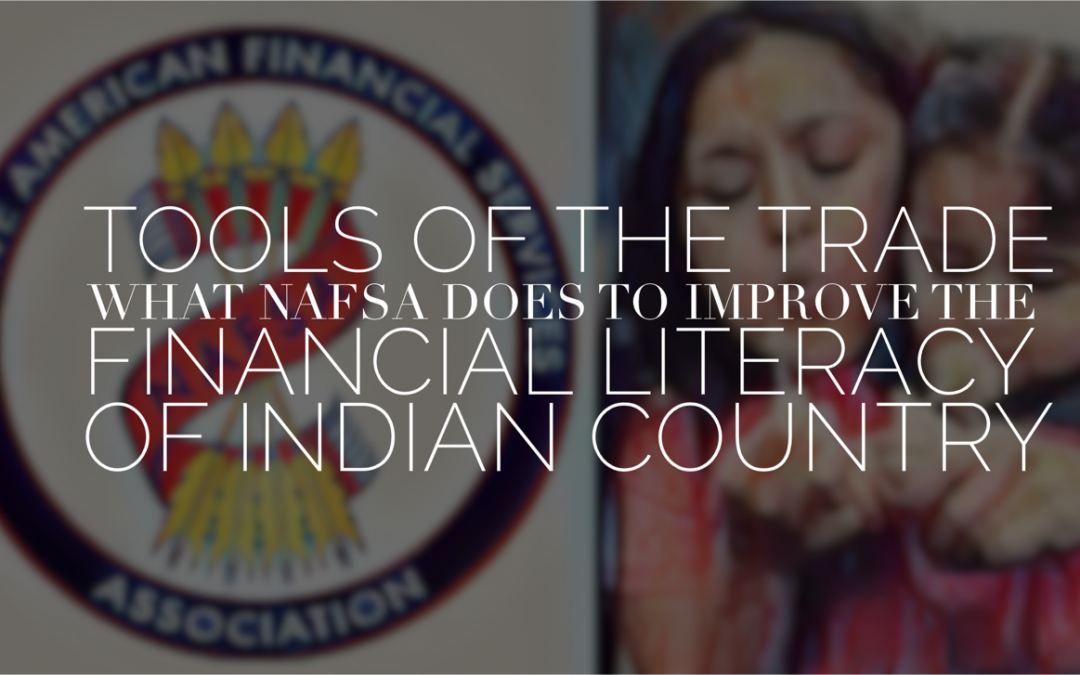Using data from its National Financial Capability Study, the FINRA Foundation recently teamed up with the First Nations Development Institute to issue a report on the financial capabilities of Native Americans entitled “Race and Financial Capability in America: Understanding the Native American Experience.” The study surveyed 600 Native Americans from across the country to determine financial stability, behaviors, and literacy within tribal communities.
A chief concern in the report is the poor capacity demonstrated by Native Americans in financial literacy. When the Social Security Administration (SSA) questioned Americans on basic financial decision making in 2014, Native Americans scored lower than any other group. The SSA showed concern that performance on the questionnaire by Native Americans was deficient in so many topics that financial education would be needed on all topics.
Youth do not seem to fare much better in financial comprehension. Around 90% of Native American high school seniors in Montana, New Mexico, and South Dakota surveyed in 2008 failed a financial literacy test. Considering Native youth under the age of 25 make up nearly half of the total American Indian/Alaska Native population, it is critical that the future leaders of tribal communities are provided a solid foundation of financial principles that can be used to start businesses and help tribal governments spur much needed economic development.
One of the key missions of NAFSA is to expand financial literacy in Indian Country. NAFSA members engage their communities in financial literacy training on budgeting, savings, debt management, and investing. One member even established a financial literacy course at the high school on the reservation. Coupled with tribal government efforts by NAFSA tribes to establish sound business development foundations, NAFSA members are contributing to the financial and economic well-being of tribal communities at work and home.
Of those Native Americans surveyed by FINRA, almost two-thirds struggled to cover monthly expenses and pay bills on time. They are not alone in this respect, as millions of Americans look to responsible short term lending products each year to help cover shortfalls and prioritize finances. While NAFSA member TLEs do not market lending services to their own tribal members, they do work closely in their own communities to give tribal citizens the tools and expertise they need to manage their money and build a stronger, healthier Indian Country.


